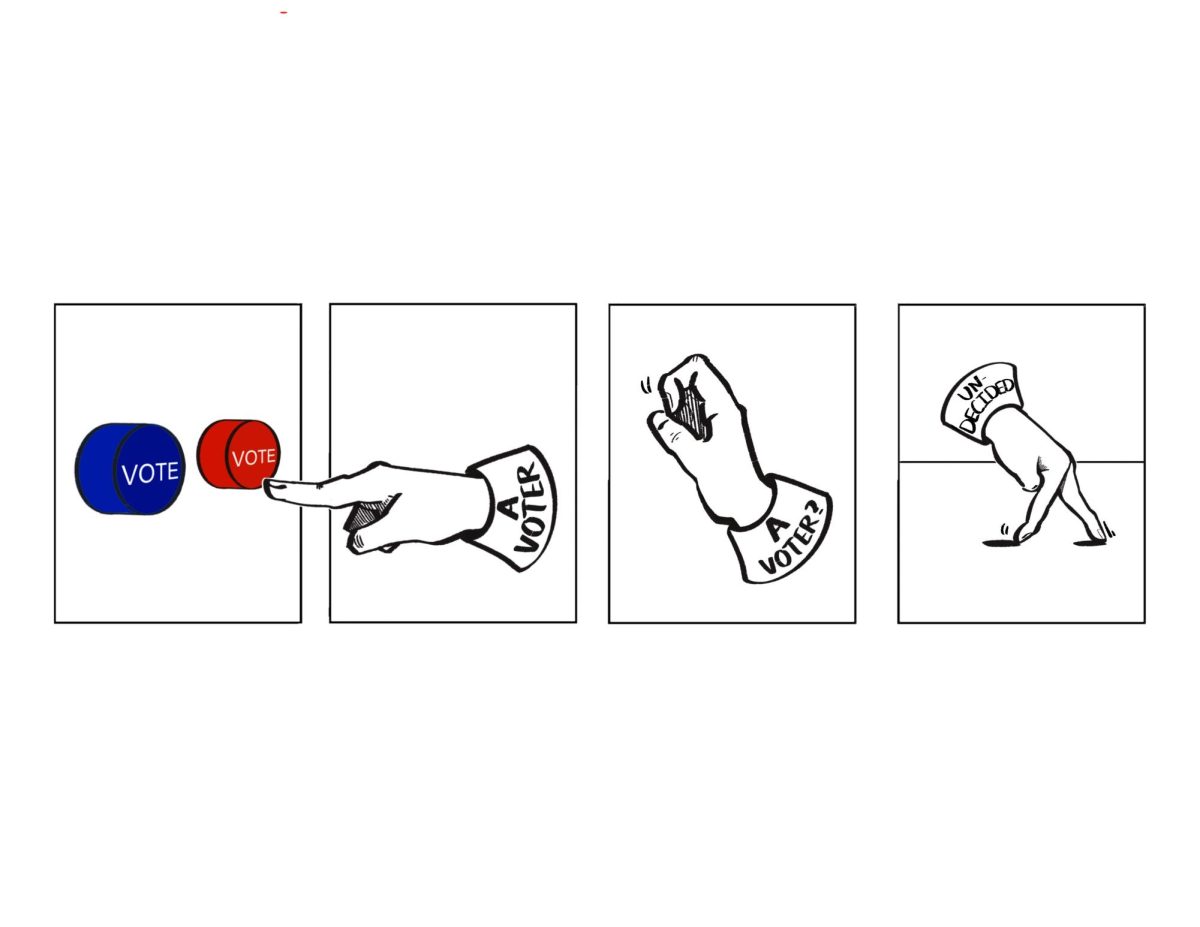Some students are starting the fall semester enrolled in a course they don’t actually need because the college waited until students had already left for the summer to announce that they no longer had to take three CCCX classes.
The Columbia Core Curriculum approved the change in the spring semester and sent an email to students about it in early June.
Students now need to take only one CCCX class – and most incoming first-year students will meet that requirement after completing the 100-level “first year experience” course. Transfer students bringing in 15 or more credits can choose one three-credit class from any of the CCCX options.
Steve Corey, dean of Liberal Arts and Sciences and chair of The Core Committee, told the Chronicle in June that there weren’t enough CCCX classes to meet the demand of the requirement.
Removing it was the right thing to do but it took too long, and students should have been told as soon as the decision was made.
For a first-year student, getting into the 100-level class hasn’t been difficult, but for anyone else, trying to get into 200- and 300- level courses was challenging. By the time students tried to register for a course that could substitute – and some students didn’t know they could substitute another class – these options also were full.
During the 2023 spring registration, by the end of the first day of registration, the 300-level CCCX courses were already full. On the morning of Tuesday, Sept. 5, the official start of the semester, just a few seats remained open across all 17 Chicago Experience courses. No seats were available in the upper-level classes.
The college needs to move more quickly when they identify problems. This wasn’t an issue that just came up.
Students also need better communication from the college. Email isn’t the best way to deliver important information, especially in early June when many students are no longer checking their Columbia accounts.
As soon as the decision was made, students should have been told, giving them an opportunity to stay enrolled or pick another course.
That’s how to retain and keep students.














